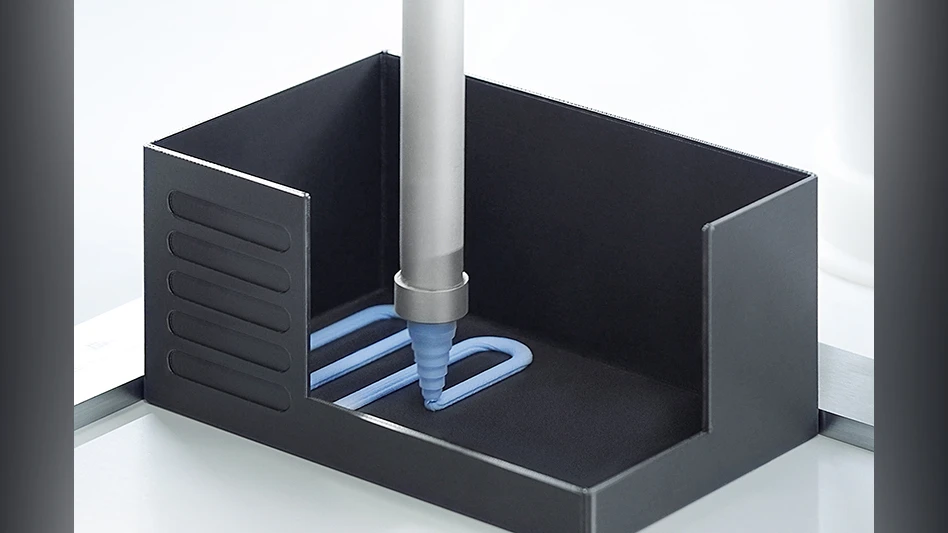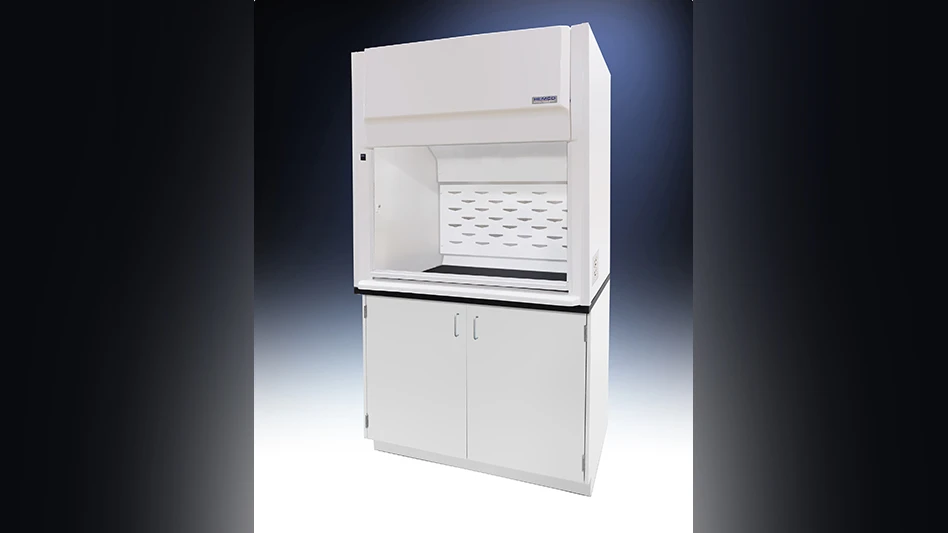
Mecaprec’s shop in picturesque Lavelanet, France, just north of the Pyrenees Mountains, specializes in some of the most difficult-to-machine materials in the aerospace industry – Ti6Al4V, stainless steel, and Inconel.
Big investments in cutting-edge machining centers, automation equipment, and software help, but Managing Director Jean-Marc Gomez says cutting fluids are also critical, though his plant’s location caused some problems with their use.
In 2012, Mecaprec was in the process of beginning production on a Makino a81 4-axis horizontal machining center (HMC), a machine that could store 313 tools. Christian Gil, head of the workshop, and Gomez needed to optimize machining performance, meet stringent quality targets, and maintain low costs. So, they contacted Blaser Swisslube Sales Engineer Alexandre Cardaci.
Cardaci studied the applications and the tools that the machine would use – all-titanium machining that would require high-pressure flushing. After an open debate, the partners chose a then-newly developed Blaser product, Vasco 7000. Due to the polarity of its molecules, the coolant spreads evenly across the surface of the piece, significantly reducing cutting efforts and heat generation, improving tool life and effectiveness.
Promising early resultsDuring the first months of operation, Vasco 7000 produced significant gains in machining efficiency on the high-performance Makino cell with tool-renewal costs falling dramatically. More importantly, the tool-life gains did not come at the expense of productivity, which increased, as did surface quality.
Using the coolant kept workpieces and machines clean. And, coolant additives often remained less than 1%. Coolant consumption fell by more than half.
FoamHowever, applying Vasco 7000 to other production cells for Meacprec wasn’t as successful. Modules with powerful watering systems struggled because soft mountain water generated foam when emulsified with coolant at the 70bar pressures and high flow rates used in the machines.

By working collaboratively, production managers and Blaser France’s consultant uncovered the need to adjust emulsion hardness by adding calcium acetate to the coolant.
Blaser Swisslube developed a specially adapted formula for Mecaprec, and Mecaprec engineers and machinists supported Blaser by carrying out continuous, rigorously documented tests.
Results from Vasco 6000Following an unsuccessful test on an initial solution, the formulator’s laboratories carried out a second product trial. Through time, the adapted fluid passed all evaluation tests. Since then, it has become the primary fluid for the entire workshop, ensuring machinability with minimal cutting efforts for stainless steel, titanium, and Inconel workpieces. Tool life increased 20%.
With testing completed, Blaser was able to expand its product lineup and offer Vasco 6000 to companies with similar foam problems.

Explore the January February 2020 Issue
Check out more from this issue and find your next story to read.
Latest from Aerospace Manufacturing and Design
- 2024 Favorites: #9 Article – 5 tips for upskilling your aerospace machinists
- 2024 Favorites: #9 News – Siemens acquires Altair Engineering
- 2024 Favorites: #10 Article – How 3D-printed aviation parts can accelerate return to air
- 2024 Favorites: #10 News – Boom Supersonic completes Overture Superfactory
- OMIC R&D hosts Supporting Women in Manufacturing Day 2024
- 4D Technology's AccuFiz SWIR interferometer
- Seventh Lockheed Martin-built GPS III satellite launches
- KYOCERA AVX's CR Series high-power chip resistor





